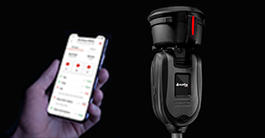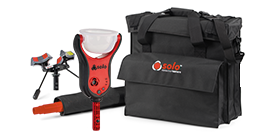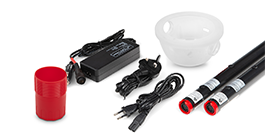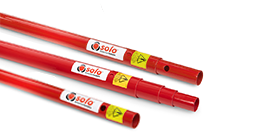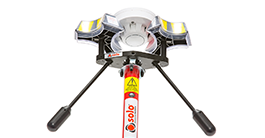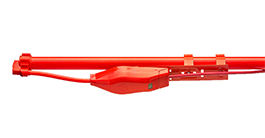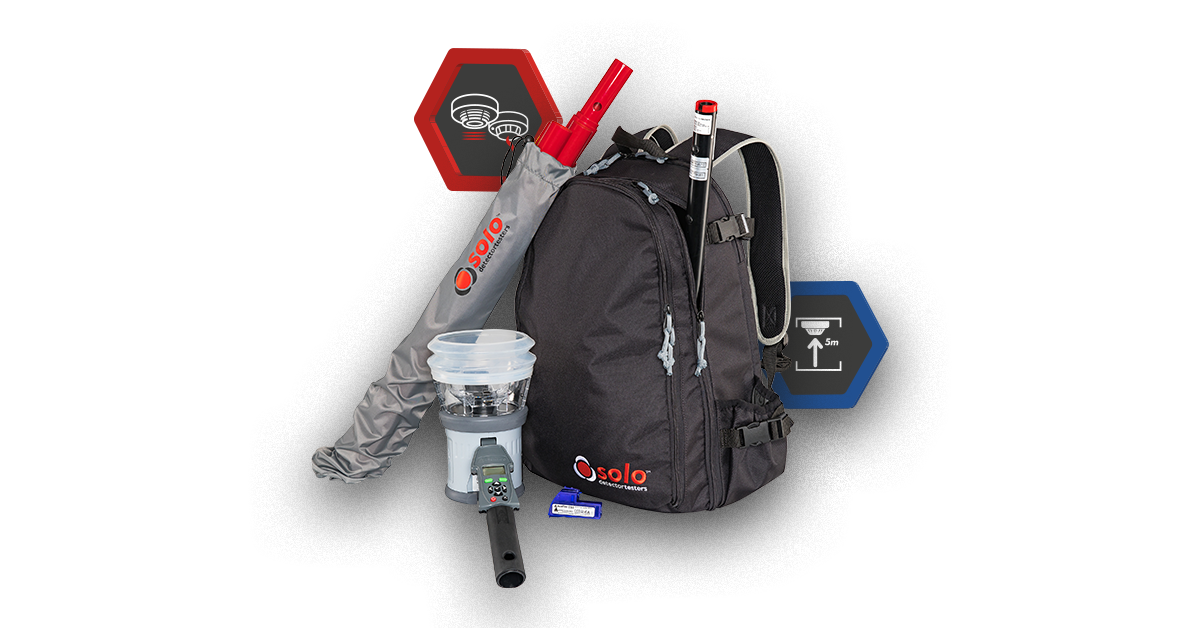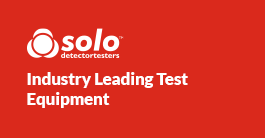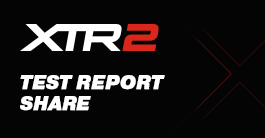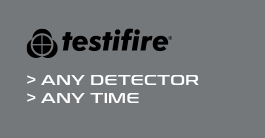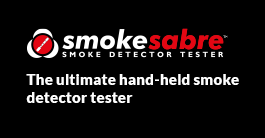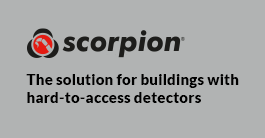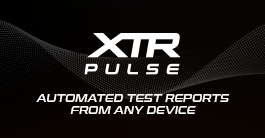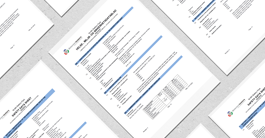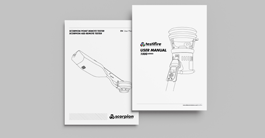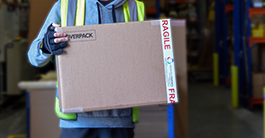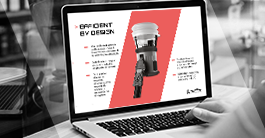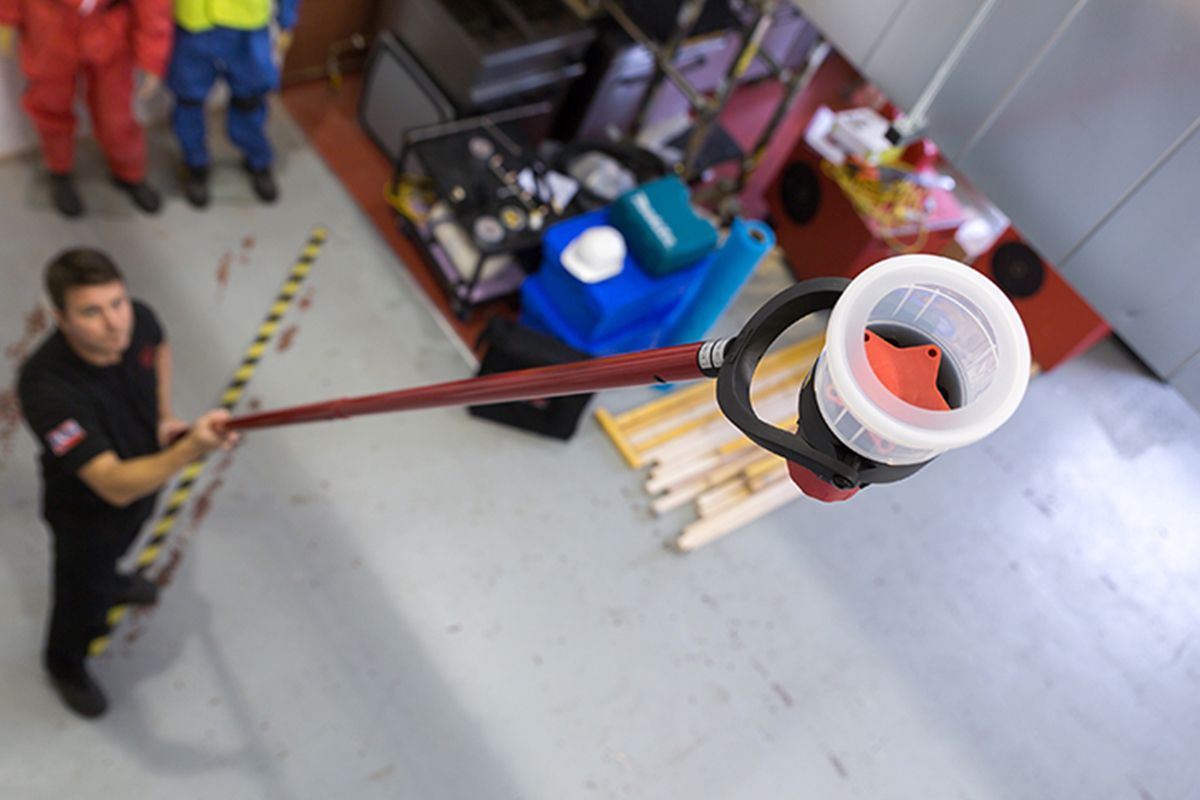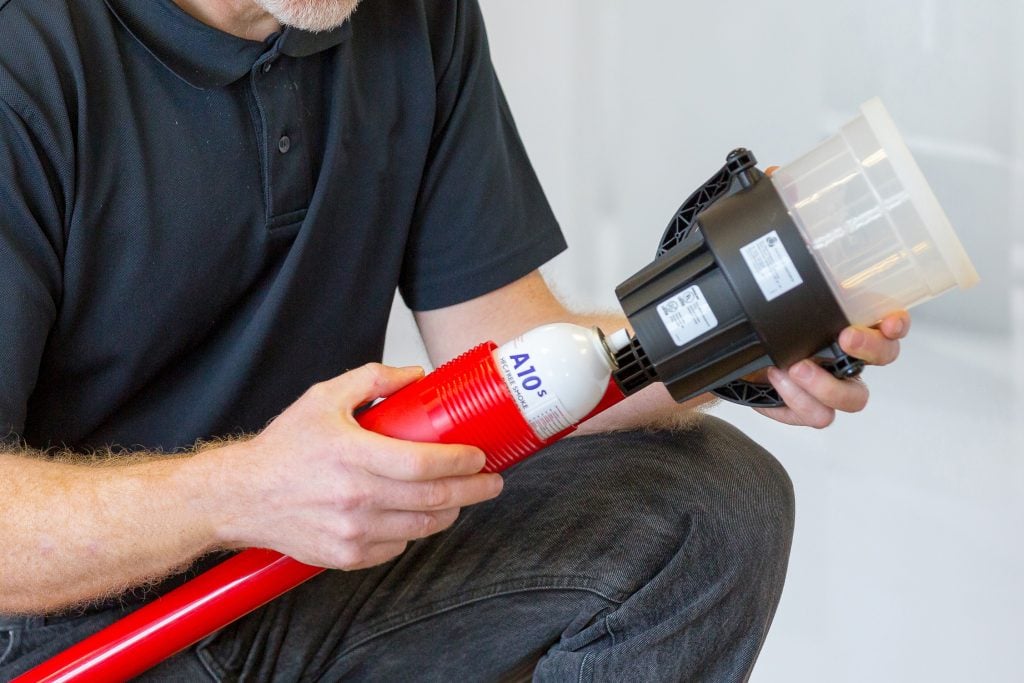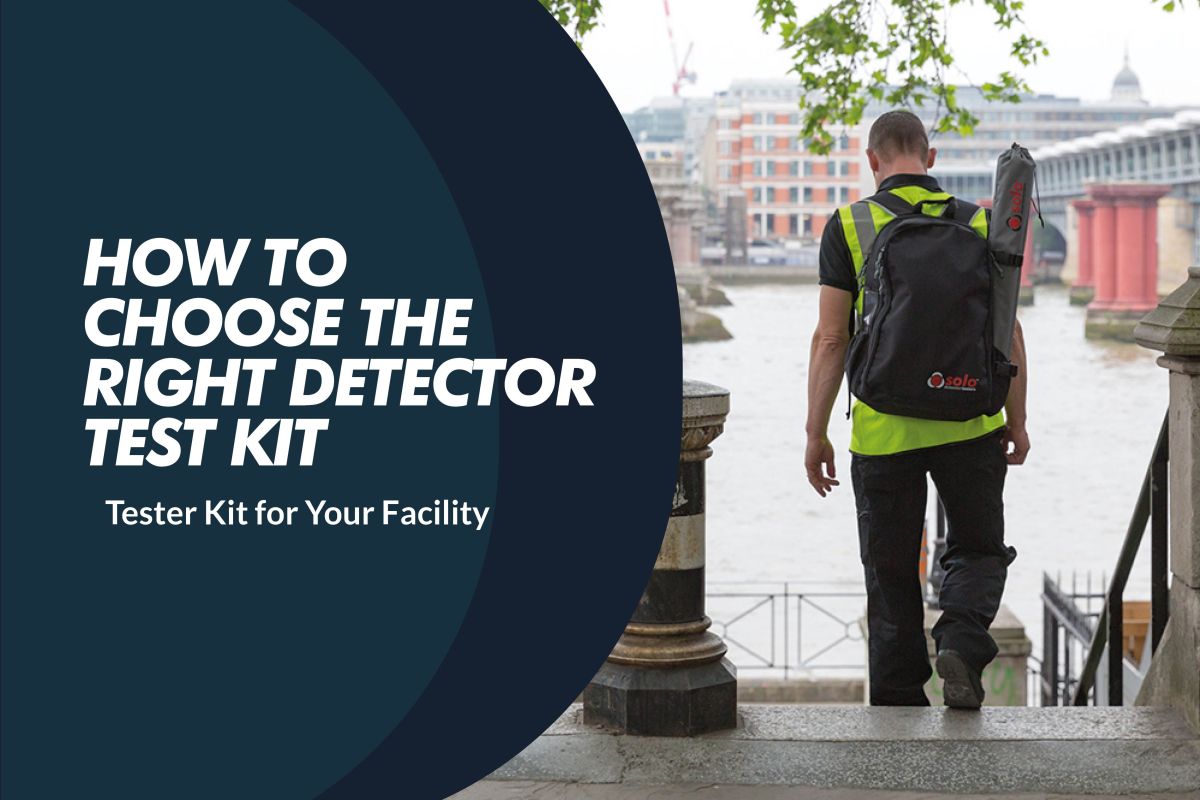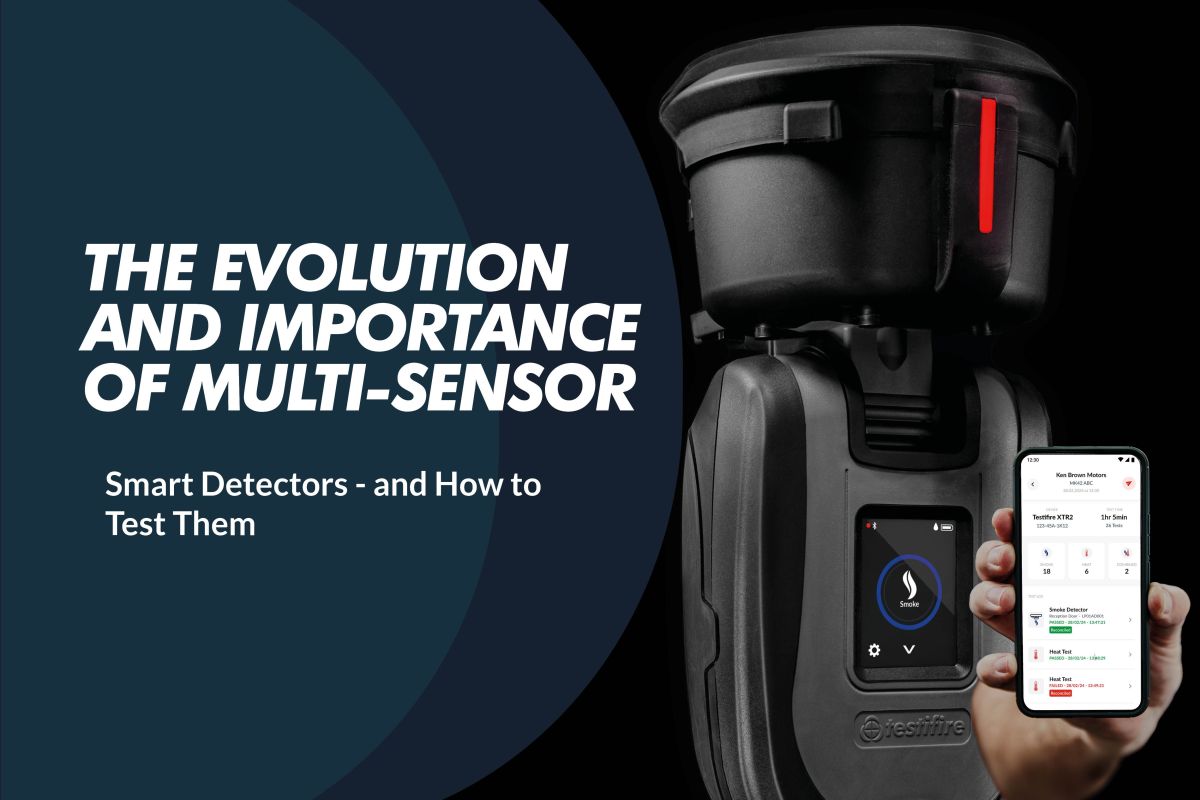Solo and Testifire are two such solutions, offering not only a carefully developed technical test (smoke) aerosol, but a suitable device designed to correctly deliver it. It is worth taking time to ensure the test product you are using carries the essential approvals, both for detector compatibility and the dispensing device you are using.
Please note: users should always refer to Safety Data Sheets for a list of the aerosol contents – using aerosols that contain undesirable chemical components, such as silicone, can introduce needless risks to the test and maintenance process. Indeed, silicone has a ‘sticking power’ which when used in an aerosol can ‘stick’ on the item being sprayed causing it to become slippery and not allowing anything to adhere to it.
The use of non-compatible test solutions, (e.g. using an aerosol which is not approved for use with your dispenser), can also cause problems with potentially adverse effects caused by residue deposited through excessive liquid discharge.
Understanding new detector technology
While smoke detectors are most prevalent in the market place, there are increasing numbers of heat detectors – as well as multi-sensor detectors for particular applications. When testing these devices, it is again important that no risk is introduced. A heat detector tester, which has been specifically designed to deliver heat in a controlled and targeted method, should be used. This will bring about the quick and efficient activation of the detector without having any detrimental effect on the detector’s plastics housing, e.g. live flame, hairdryers & heat guns designed for other applications are examples of equipment that should be avoided.
The proliferation of
multi-sensor detectors has meant the advance of fire control panels, many of which will now support the testing of all sensors simultaneously in a single test.
More intelligent detectors have meant the need to continuously develop suitable test standards & equipment for legacy and emerging technologies. Detectortesters through its active contribution to working groups (together with leading detector manufacturing partners) has been able to ensure practice & codes keep a pace with sensing technologies and, through its wealth of fire industry experience, made sure there are technical solutions to suit.
With over 35 years in the fire industry, we now manufacture a world renowned specialist range of technical test products, and with a view to the future, emerging technology and recognising the ongoing practical challenges encountered in the field, Detectortesters now has bespoke, fit for purpose solutions available for multi-sensor, hard-to-access detectors and ASD.


